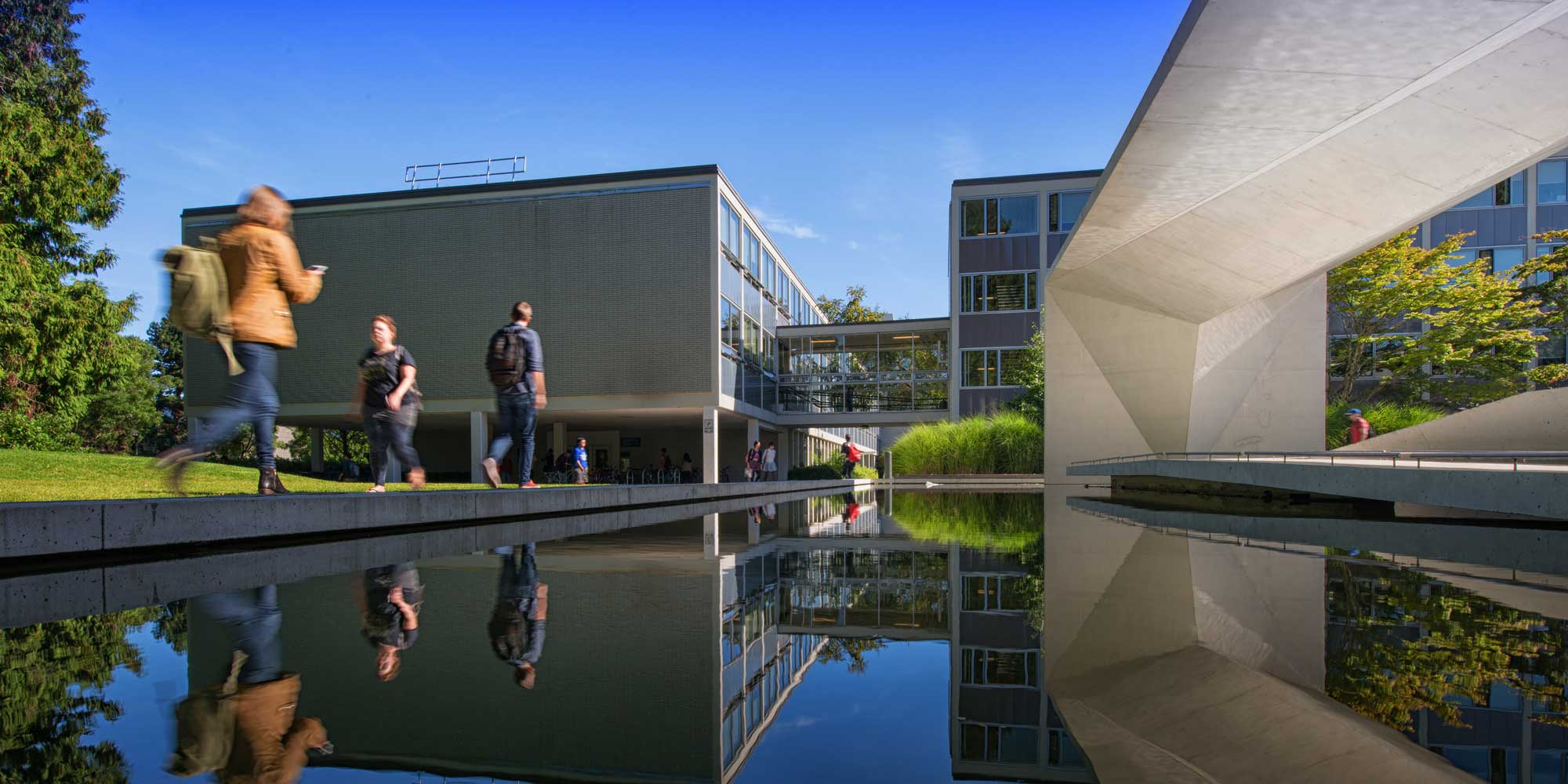Last November, UBC’s Museum of Anthropology received an extraordinary gift from an anonymous donor: a collection of more 200 pieces of Indigenous art, worth an estimated $7 million.
The donation, which includes rare historical works as well as fine carvings, jewelry, basketry and textiles by Indigenous artists, is believed to be the largest collection of Northwest Coast First Nations art to return to B.C. in recent decades – a major return of Indigenous heritage.
Bringing these objects closer to home will support a new generation of First Nations artists who are studying and teaching the historical development of their arts, the production techniques of past masters, and the connections of these works to cultural practices today.
The collection will be housed in a new Gallery of Northwest Coast Masterworks, funded by a $3-million donation from the Doggone Foundation, a Montreal-based charity, and a $500,000 grant from the federal government as part of the Canada 150 Community Infrastructure Program.
We spoke to Museum of Anthropology Director Anthony Shelton about the significance of the donation and how the new gallery hopes to challenge the public’s understanding of Indigenous histories and cultures.
A huge portion of Indigenous Northwest Coast art is currently held in museums and private collections outside British Columbia. What is the value of bringing these artworks and belongings closer to home?
Approximately 80% of Northwest Coast art is held outside of BC, particularly on the eastern seaboard of North America, and in Russia and Europe. I felt MOA had a moral imperative to work with the Doggone Foundation to bring these treasures home to British Columbia. Not only are these pieces outstanding examples of art that display extraordinary technical abilities and reflect great beauty, but they are documents of the social and cultural life of the peoples that created them. They reflect deeply on the environment of the Northwest Coast; an animate nature that embraces the whole of human existence.
They express ties to the land and their maker’s intimate sense of identity and being. To many, their return is part of the healing between peoples and nations; the process of making whole again. Their return is part of the necessary reconciliation of the peoples of this land and their exhibition in MOA will, we hope foster the understanding and acknowledgement of the cultural achievements of First Nations. These pieces at MOA will be interpreted by First Nations peoples themselves. They will tell the stories that First Nations want and need to tell and will be a powerful expression of the history, culture and identity they want to share with the world.
Click here to view a photo gallery of MOA’s new Indigenous Art collection
How will MOA share this collection and how will the new Gallery increase the public’s understanding of Indigenous cultures and histories?
We are going to work very closely with First Nations knowledge holders, artists and community members to interpret the collection and to establish a network of dialogues, which will deepen appreciation not only of First Nations aesthetics, history, and beliefs around these objects but raise questions about Western ideas of art, beauty and even the meaning of objects more generally.
A selection of the approximately 230 magnificent works in the collection will be juxtaposed with other masterworks from our existing holdings, and similar highly significant pieces from private and other museum collections to highlight specific themes and physical qualities. The new gallery will be a dynamic space with changing exhibitions that will bring works from international museums and private collections together and in so doing promote a new engagement between First Nations peoples, artists and museums elsewhere.
We will encourage this engagement and exchange as part of building and strengthening bridges between different communities and promoting mutual respect and understanding between the different sectors of Canadian society. Our approach is going to be experimental. It’s going to be intercultural and far from confirming the old static Western idea of masterworks, it’s going to give some very unorthodox and challenging ideas about the significance and value of these works. MOA’s new gallery aims to be a game changer, and will complement the same collaborative and critical philosophy that underlies our temporary exhibitions, community outreach and digital projects and that you will soon see dominating more and more of new family and public programs.


